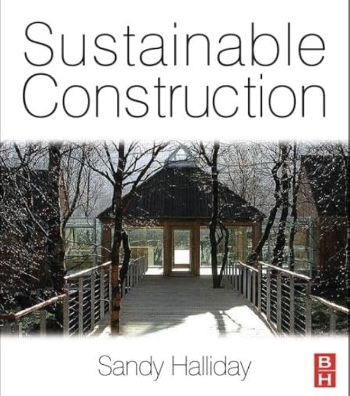Construction slump - perfect storm
To start a discussion about this article, click 'Add a comment' above and add your thoughts to this discussion page.
Too many people believe the tap can be turned on and off easily and the full flow of employment and economic benefit will be quickly reached. This is not the case. Construction projects have a lead time that generally takes longer than the build period - new airport facilities (such as Terminal 5) take over a decade in planning and design.
So how should the government address these issues in order to galvanise the construction industry and stimulate the economy, beyond possible plans to ease planning laws and reduce enforced quotas for social housing?
Here are Designing Buildings Wiki’s top five solutions:
- Re-introduce tax relief on mortgages. This would instantly encourage house builders to dust off their mothballed schemes to meet the surge in demand and affordability.
- Re-introduce a selective employment tax giving tax breaks for employees engaged in manufacturing. This would help redress the balance between manufacturing and service industries and act as a catalyst for construction companies to seek out ways of prefabricating assemblies off site in factories. Inevitably this will lead to regions hard hit by the downturn capturing contracts for sites that might be hundreds of miles away.
- Re-introduce stock relief allowances. This would encourage continuity of supplies instead of the current stop/go “just in time” policies that hamper efficient production right up the supply chain.
- Avoid focusing on new grand projects. Instead kick start those projects that have been placed on hold, that have planning consent and that have a completed design. These are the projects where funding dried up following the banking crisis. A National Development Agency staffed by highly qualified individuals should examine such schemes and assess economic viability prior to the government standing as guarantor to a reputable funding institution.
- Re-introduce capital allowances. Ernst & Young calculate that UK corporations are sitting on a staggering £750 billion, around half the UK’s GDP. These companies prefer to use the cash to reduce debt, rather than take it on. To get things moving and release this cash the government should re-introduce generous capital allowances not only for plant, machinery and stock but for refurbishment of premises. Refurbishment requires short lead in times and seldom involves planning consent. It is fast turnover with labour peeking much more quickly than for new developments.
You must sign in or register to edit or comment on an article
Return to Talk:Construction slump - perfect storm.
Featured articles and news
Types of rapidly renewable content
From forestry to agricultural crops and their by-products.
Terraced houses and the public realm
The discernible difference between the public realm of detached housing and of terraced housing.
Looking back at the influence of climate events
From a designer and writer: 'There are limits to growth but no limits to development'.
Terms, histories, theories and practice.
Biophilic design and natural light
Letting in the light and natural elements into spaces.
APM Programme Management Conference 2024
Strategies for Success.
Residential takes the reins as contract awards even out
Contracts down, but remain above the last quarter of 2023.
Celebrating Eid and the largest mud-brick building.
Barry Kingscote claims prestigious CIOB CMYA Award.
The British Mosque: an architectural and social history
The story of some 1,500 mosques or more in Britain.
Heat pump refrigerants, efficiencies and impacts
R12 to R1270 what are the differences?
Global heat pump market in 2023
Challenging times with positive but modest outlook.
Beyond the infrastructure pipeline
Opportunities and chokepoints.




















